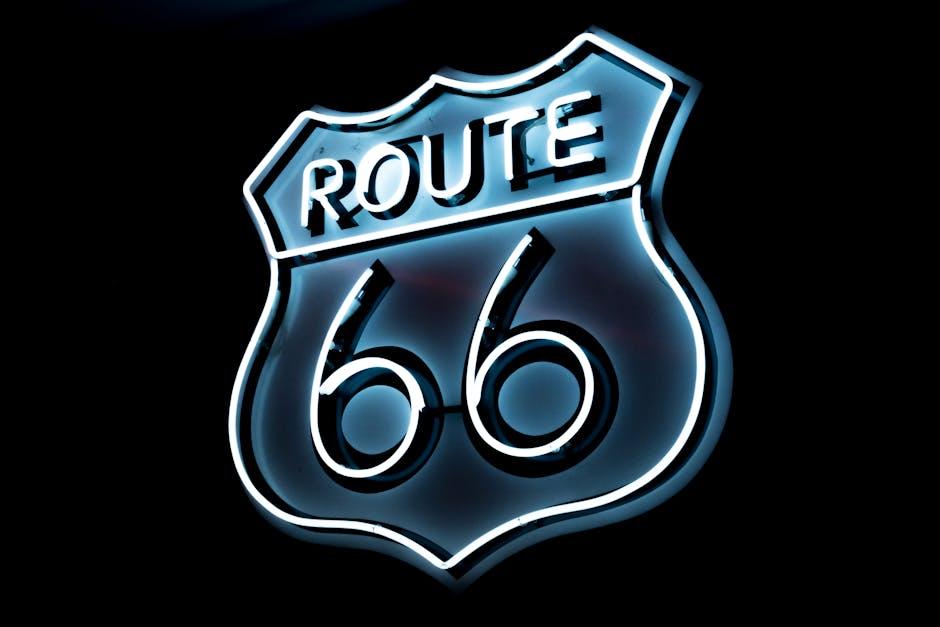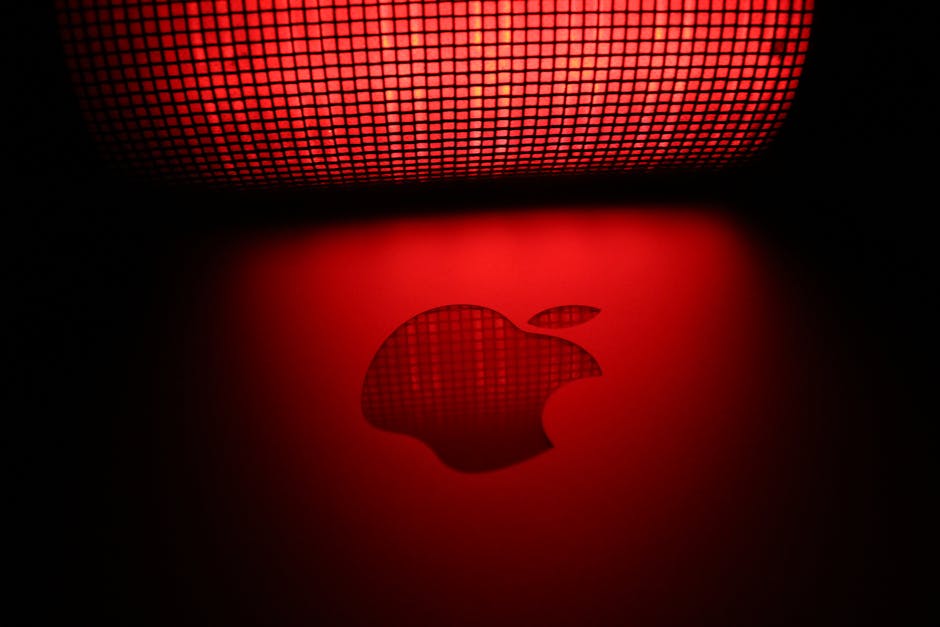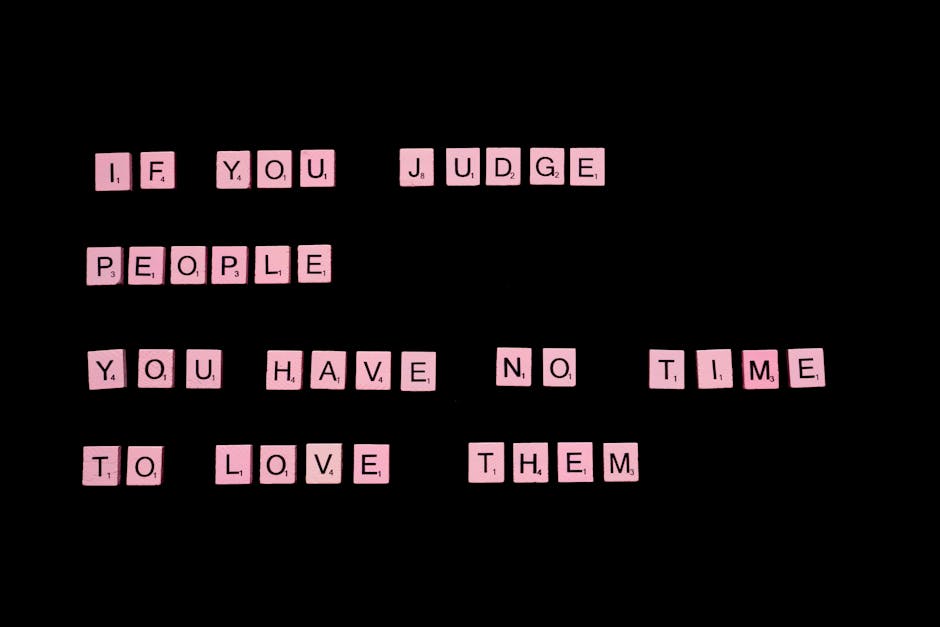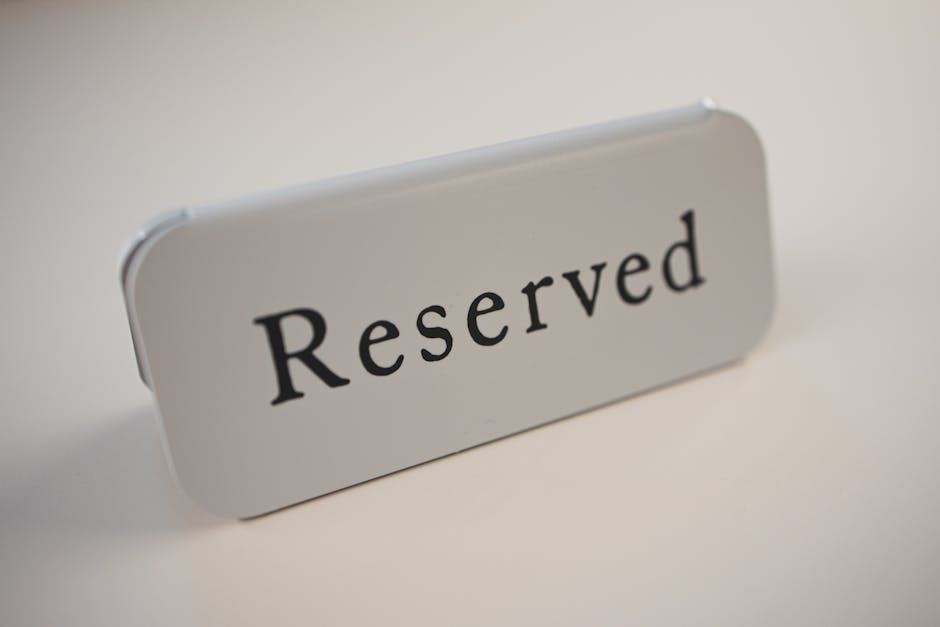
Are you tired of creating logos that look more like a bad stick figure doodle than a sleek, professional design? Do your attempts at logo design leave clients scratching their heads instead of signing on the dotted line? Fear not, aspiring logo masters, for we have the secret sauce to creating logos that will make people say “wow” instead of “what the heck is that?”. In this article, we’ll dive into the wonderful world of design principles and show you how to wield them like a Jedi wields a lightsaber – with finesse, skill, and maybe a little bit of pizzazz. So grab your pencils, dust off your drawing tablets, and get ready to unleash your inner logo design wizard – let’s create some logo magic, shall we? 🎨✨
Understanding the Purpose of a Logo
Logos are like the superhero cape of a company. They swoop in and make a grand entrance, saving the day by representing the essence of a brand in a single image. But what exactly is the purpose of a logo? Let’s dive into the world of logo design and unmask this mysterious superhero.
At the core, a logo is like the wingman of a brand, always there to support and elevate its partner to new heights. It’s the trusty sidekick that stands by the brand’s side through thick and thin, conveying messages of trust, credibility, and professionalism.
Imagine a logo as a secret code that only the cool kids can decipher. It’s the key to unlocking the door of brand recognition and establishing a strong visual identity in the minds of consumers. A logo acts as a beacon, guiding customers towards a business and shouting, “Hey, we’re over here! Come check us out!”
So, next time you see a logo, give it a wink and a nod, because behind that clever design lies a world of purpose and meaning. It’s not just a pretty picture – it’s the heart and soul of a brand, ready to conquer the world, one pixel at a time.
Utilizing Color Theory in Logo Design
When it comes to logo design, color theory is your best friend. Using the right colors can make or break a logo, so it’s important to choose wisely. Here are some tips to help you utilize color theory in your logo designs:
- Think about the emotions you want to evoke: Different colors evoke different emotions, so think about what you want your logo to convey. For example, blue is often associated with trust and reliability, while red can represent passion and energy.
- Consider your target audience: It’s important to think about who your target audience is and what colors will appeal to them. For example, if you’re targeting a younger demographic, bright and bold colors might be more effective.
- Don’t be afraid to experiment: Sometimes the most unexpected color combinations can make for the most eye-catching logos. Play around with different color palettes and see what works best for your brand.
Remember, color is a powerful tool in logo design, so don’t be afraid to get creative and think outside the box. By utilizing color theory effectively, you can create a logo that not only looks great but also resonates with your target audience.

typography-for-your-logo”>Choosing the Right Typography for Your Logo
So you’ve got a killer logo design, but now it’s time to choose the right typography to really make it pop! Here are a few tips to help you choose the perfect fonts for your brand:
- Keep it simple: Don’t go overboard with fancy fonts. Stick to one or two clean, easy-to-read typefaces that complement your logo design.
- Consider your audience: Think about who you’re trying to reach with your logo. Are they corporate professionals or young creatives? Choose a font that speaks to your target demographic.
- Play with contrast: Mix and match fonts with different weights and styles to create visual interest. For example, pair a bold, sans-serif font with a delicate script for a modern look.
Remember, the typography you choose should reflect the personality of your brand. Whether you’re going for a sleek and sophisticated vibe or a fun and quirky feel, the right fonts can take your logo to the next level. So have fun experimenting with different typefaces until you find the perfect match!

Achieving Balance and Symmetry in Logo Composition
When it comes to logo design, achieving balance and symmetry is like trying to balance a pile of cats on a unicycle – it’s tricky, but oh so satisfying when you get it just right! The key to a well-composed logo lies in finding that perfect harmony between all its elements. Think of it like baking a cake - you need just the right amount of flour, sugar, and butter to create a delicious masterpiece.
One way to ensure balance in your logo composition is to use a grid system. This nifty tool helps you align all the elements of your design in a way that is visually pleasing and easy on the eyes. It’s like having a trusty GPS guiding you through the treacherous waters of design chaos. Embrace the grid, my friends – it’s your best friend in the quest for logo perfection.
Another tip for achieving balance and symmetry in your logo is to keep it simple. Remember, less is more when it comes to design. Don’t throw in every font, color, and graphic known to mankind – it will only confuse and overwhelm your audience. Instead, focus on a few key elements that work well together and let them shine like diamonds in a sea of design mediocrity.
Lastly, don’t be afraid to play around with different shapes and sizes to create visual interest in your logo composition. Mix it up like a DJ at a fancy cocktail party – experiment with scale, proportion, and placement to keep things fresh and exciting. Remember, a well-balanced logo is like a good cocktail – it’s all about finding that perfect mix of ingredients that leaves a lasting impression.

Creating Memorable and Timeless Logo Designs
When it comes to , there are a few key things to keep in mind. First and foremost, you want to make sure that your logo is simple and easy to recognize. Think of some of the most iconic logos out there – they all have one thing in common: they are easily identifiable at a glance.
Next, consider incorporating elements that are unique to your brand. Whether it’s a specific color palette, a quirky typeface, or a clever symbol, adding a personal touch to your logo can help make it stand out from the competition.
Another important factor to consider is versatility. Your logo should look great on everything from a business card to a billboard. Make sure it scales well and is easily adaptable to different formats and sizes.
Finally, don’t be afraid to think outside the box and push the boundaries of traditional design. Sometimes the most memorable logos are the ones that break the rules and surprise us. So, get creative, have fun, and let your imagination run wild!
Implementing Negative Space in Logo Development
When it comes to logo development, negative space can be a powerful tool to make your design stand out. By cleverly using empty spaces within the design, you can create a logo that is not only visually appealing but also memorable.
One way to implement negative space in logo development is to use it to create hidden messages or symbols within the design. This can add a layer of intrigue to your logo and make it more engaging for viewers. Think of the FedEx logo, where the negative space between the “E” and the “X” forms an arrow, subtly hinting at the company’s focus on fast and efficient delivery.
Another way to leverage negative space in logo development is to use it to create a sense of depth or movement in the design. By strategically incorporating empty spaces into your logo, you can give the illusion of layers or motion, making your design more dynamic and visually interesting.
So, next time you’re working on a logo design, don’t underestimate the power of negative space. Get creative with your use of empty spaces and see how it can take your logo to the next level!
FAQs
Why are design principles important for creating successful logos?
Well, let’s put it this way - ever seen a logo that looked like it was thrown together by a toddler with a crayon? Yeah, that’s what happens when design principles go out the window. These principles help establish a strong visual identity, create a memorable brand image, and communicate a clear message to your audience.
What are some key design principles to keep in mind when creating a logo?
Oh, where do I start? Let’s see…there’s simplicity, versatility, appropriateness, memorability, and timelessness. Basically, your logo should be clean, adaptable, relevant to your brand, easy to remember, and not look like it stepped out of a time machine from the ’80s.
How can I ensure my logo is simple yet effective?
Think of it this way – your logo should be like a good joke: simple, to the point, and memorable. Avoid clutter, keep it clean and straightforward, and make sure it can be easily scaled down to the size of a postage stamp without losing its impact.
Why is versatility important in logo design?
Think of versatility as the Swiss Army knife of logo design. Your logo should be able to adapt to different mediums, color schemes, and sizes without losing its essence. So, keep it flexible, like a yoga instructor doing a downward dog while sipping a latte.
How can I ensure my logo is appropriate for my brand?
Just like you wouldn’t wear a Hawaiian shirt to a funeral, your logo should reflect the personality and values of your brand. Do some soul-searching, think about what makes your brand unique, and channel that into your logo design. It’s like finding the perfect pair of jeans - snug, stylish, and makes your butt look good.
Why is memorability crucial for a successful logo?
Imagine your logo is a catchy pop song that gets stuck in people’s heads for days. That’s the kind of impact you want. A memorable logo will help your brand stick in people’s minds like gum on a shoe. So, aim for something that leaves a lasting impression, like a first date with a celeb.
What does it mean for a logo to be timeless?
Picture this – your logo should be like a fine wine, getting better with age. Avoid jumping on design trends that will be passé faster than you can say “hipster beard”. Instead, go for a classic look that will stand the test of time, like a little black dress or a good ol’ pair of jeans.











